In the realm of digital audio production, the best thunderbolt audio interface stands out as a pivotal tool for both budding and seasoned musicians.
These interfaces, known for their exceptional performance, are essential in transforming your musical ideas into high-quality audio recordings. The thunderbolt connections offer unparalleled speed and reliability, ensuring that your creative process is seamless and efficient.
Additionally, the number of line inputs and line outputs plays a significant role, especially if you’re recording multiple instruments or voices simultaneously. More inputs and outputs mean more flexibility in handling complex recording sessions.
It’s not just about connecting your instruments to a computer; it’s about capturing the essence and emotion of your music with clarity and precision.
Our Top Picks
We provide our product links with Amazon assurance whenever possible.
Best Overall: Universal Audio Apollo Twin X
The audio interface for your studio is here: the Universal Audio Apollo Twin X. Compact yet powerful, it’s designed to elevate your music production with unmatched audio quality. Perfect for those who seek professional results in a home studio setting, this interface combines high-end features with user-friendly operation, making it a top choice for musicians and producers.
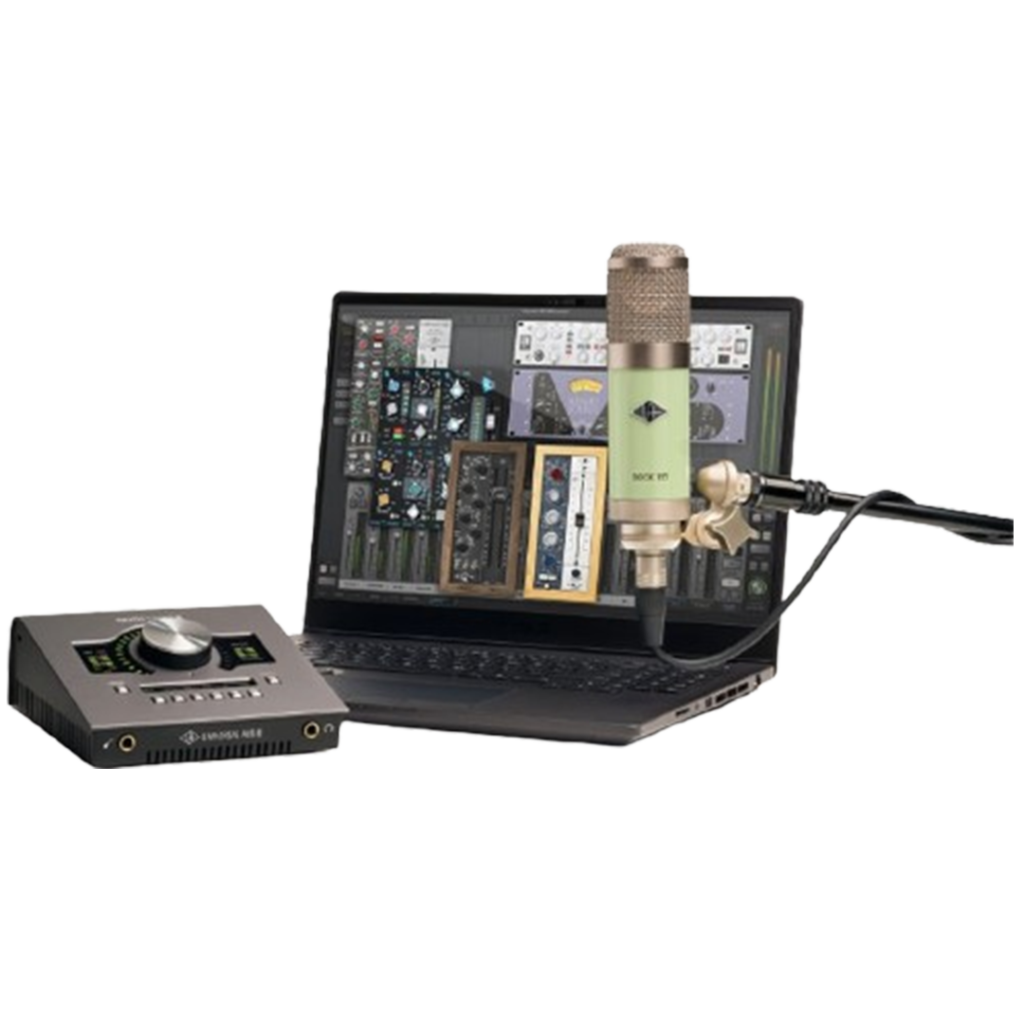

Specifications:
- A/D Resolution: 24-bit/192kHz
- Preamps: 2 Unison mic/line preamps
- DSP: UAD-2 DUO Core Processing
- Outputs: 2 line outputs
- Inputs: Front-panel Hi-Z instrument input
- Headphone Output: Yes
- Connectivity: Thunderbolt 3
- Weight: 2.4 lb / 1.1 kg
Who Is It For?
The Universal Audio Apollo Twin X is the audio interface for serious musicians, producers, and audio engineers who demand top-tier sound quality and versatility in their work. Whether you’re recording vocals, guitar riffs, or full-scale productions, this interface offers the pristine audio fidelity and detailed sonic depth that can bring your recordings to life.
Its Unison preamp technology and real-time UAD processing allow for a rich, analog-like sound, making it ideal for those who appreciate the nuances of high-quality audio. The Apollo Twin X is particularly suited for home studios or small professional setups where space is at a premium but quality cannot be compromised.
If you’re passionate about music production and want to capture every detail of your performance with clarity and warmth, the Apollo Twin X is your go-to interface.
Best for Professional Recording: Zen Go Synergy Core
The audio interface for professional recording is here: the Zen Go Synergy Core. Compact yet powerful, it’s designed for creators who demand top-notch audio quality. Its sleek design and advanced features make it a must-have for serious musicians and producers. Get ready to experience unparalleled sound in a portable package.
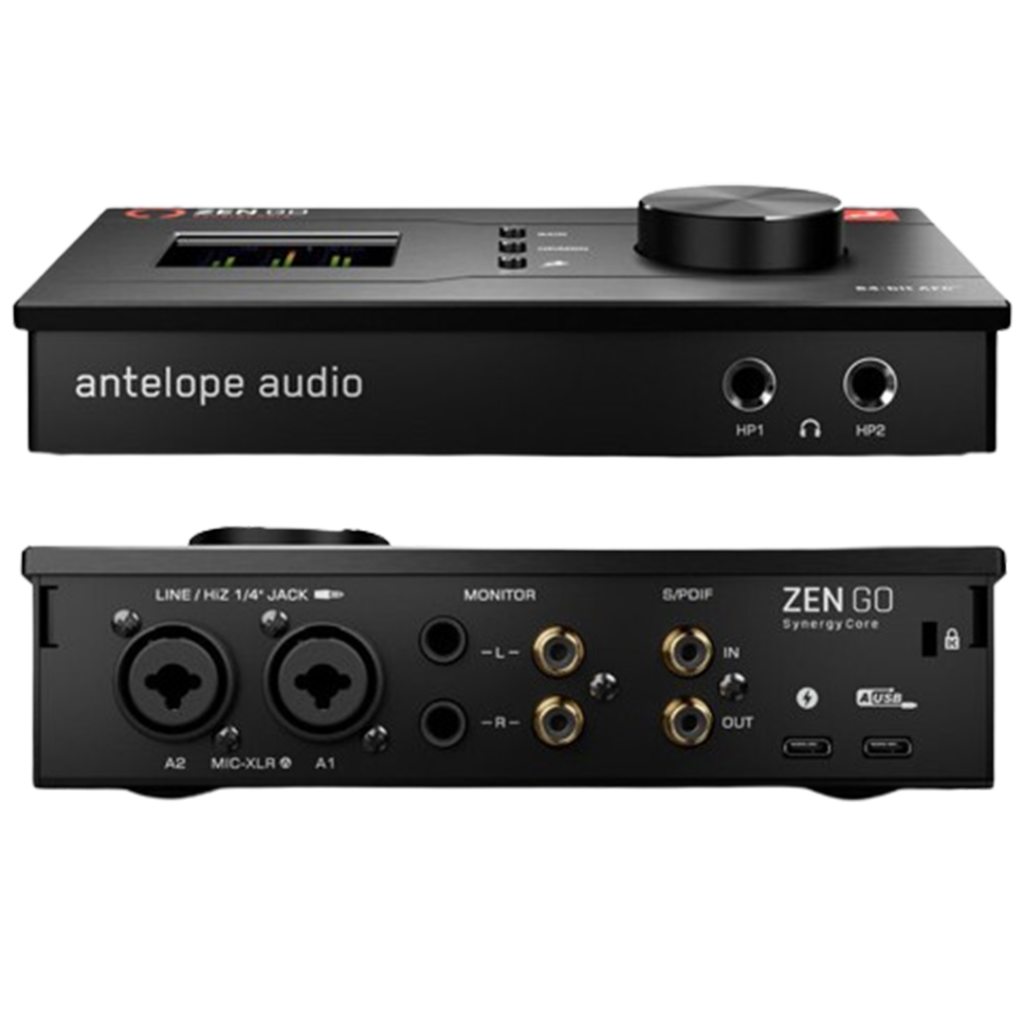

Specifications:
- 2 Discrete Preamps: For pristine audio capture.
- 37 Synergy Core Effects: Enhance recordings in real-time.
- 24-bit/192kHz Audio: High-resolution sound quality.
- USB-C Connectivity: For easy integration.
- Bus-Powered: Convenient and portable.
- Dynamic Range: Up to 127dB for clear audio.
- Phantom Power: For versatile mic compatibility.
- Compact Design: Ideal for mobile setups.
Who Is It For?
The Zen Go Synergy Core is the audio interface for musicians and producers who prioritize quality and versatility in a compact form. Whether you’re a traveling artist, a podcaster, or a music producer, this interface caters to your needs with its high-resolution audio and real-time effects.
Its bus-powered, portable design makes it perfect for on-the-go recording sessions, while the discrete preamps ensure that every recording is crystal clear. Ideal for those who want professional studio-quality sound without the bulk, the Zen Go Synergy Core is a game-changer in music production.
Best for Large Studios: PreSonus Quantum 2626 Thunderbolt 3
The audio interface for large studios is undoubtedly the PreSonus Quantum 2626 Thunderbolt 3. This powerhouse interface delivers unparalleled speed and quality, making it a top choice for professionals. Its ultra-low latency and high-definition audio capabilities ensure that every recording is crisp, clear, and true to the original sound.
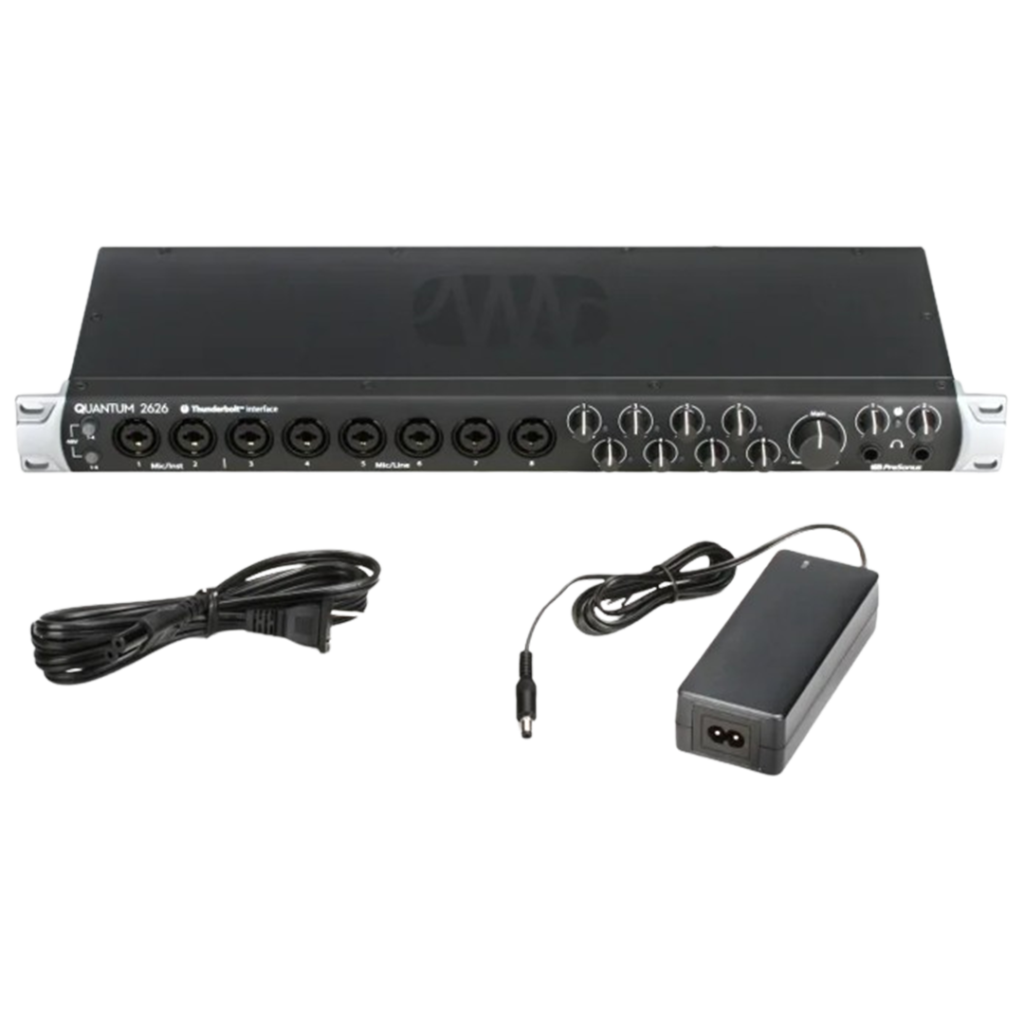

Specifications:
- 24-bit/192 kHz operation
- 26×26 Thunderbolt 3 interface
- 8 XMAX Class A analog microphone preamps
- 115 dB dynamic range
- ADAT Optical/Dual SMUX inputs/outputs
- Stereo S/PDIF coaxial input and output
- MIDI I/O and BNC word clock I/O
Who Is It For?
The PreSonus Quantum 2626 Thunderbolt 3 is the audio interface for large studios and professional audio engineers who demand the highest quality and speed in their work. Its ultra-low latency ensures real-time recording and monitoring, making it ideal for those who use a lot of plug-ins and need to hear the results instantly.
The high channel count, with 26 inputs and outputs, caters to complex recording sessions involving multiple instruments and vocals. The superior quality of its XMAX preamps guarantees that every recording captures the true essence of the sound, making it perfect for high-end music production and audio engineering.
Whether you’re recording a full band, an orchestra, or producing intricate audio projects, the Quantum 2626 provides the reliability, quality, and versatility needed to achieve professional results.
Best Budget: Zoom TAC-2 Thunderbolt Audio Interface
The audio interface for those on a budget, the Zoom TAC-2 Thunderbolt Audio Interface, offers a perfect blend of affordability and quality. Compact and robust, it’s designed for musicians and producers who need reliable, high-speed audio processing without breaking the bank.
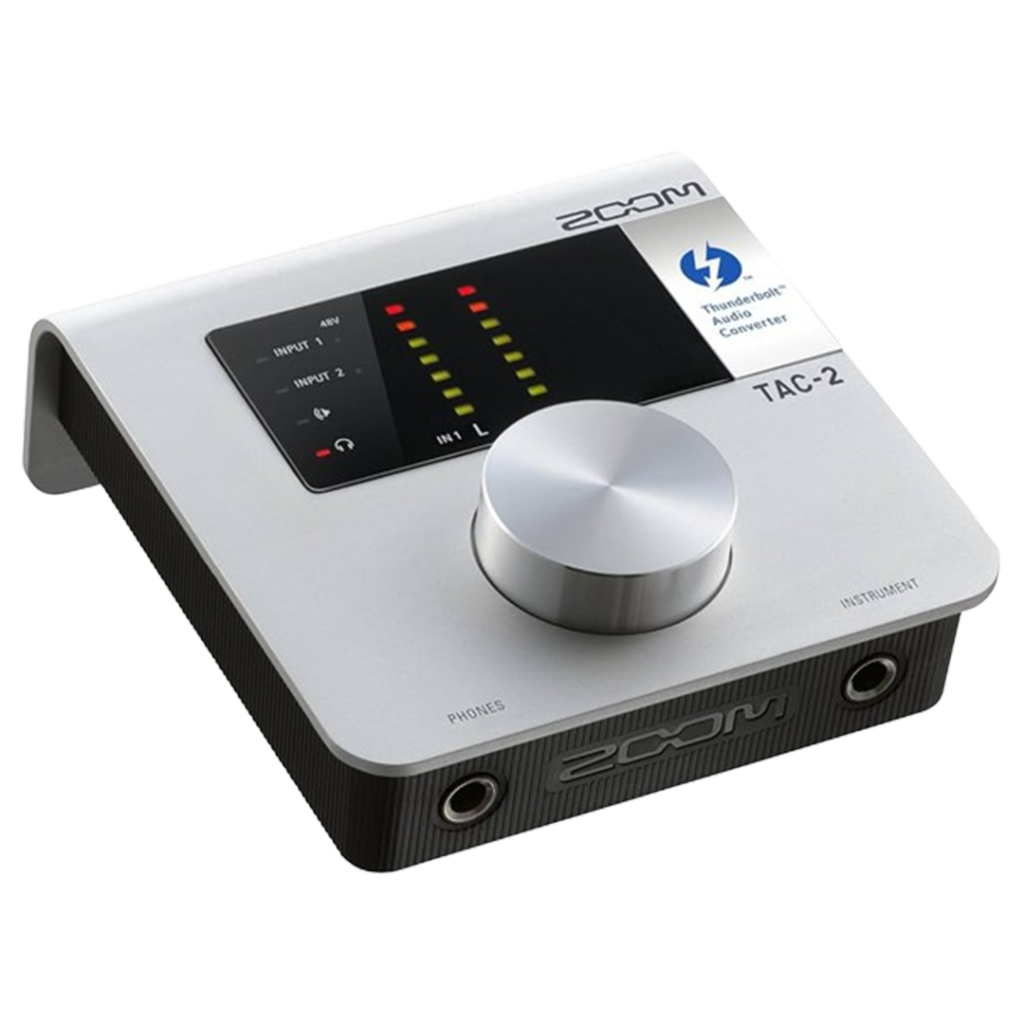

Specifications:
- Recording Resolution: 24-bit/192kHz
- Interface: Thunderbolt
- I/O Configuration: 2 in / 2 out
- Preamps: Burr Brown mic preamps
- Latency: Ultra-low
- Software: MixEfx software included
- Form Factor: Compact, desktop
- Dynamic Range: A/D: 118dB, D/A: 120dB
Who Is It For?
The Zoom TAC-2 Thunderbolt Audio Interface is the audio interface for aspiring musicians, podcasters, and home studio enthusiasts who are mindful of their budget but unwilling to compromise on quality.
Its ultra-low latency and high-speed performance make it ideal for real-time recording and mixing, ensuring that your creative flow isn’t hindered by technical delays. The compact design is perfect for small home studios or for those who frequently travel.
While it’s particularly suited for Mac users, its affordability and high-quality preamps make it an attractive choice for anyone starting in music production or looking to upgrade their home recording setup without a hefty investment.
The Zoom TAC-2 strikes the right balance between cost, performance, and portability, making it a go-to choice for budget-conscious audio enthusiasts.
Best for Sound Quality: Antelope Audio Discrete 4 Synergy Core
The audio interface for sound quality, Antelope Audio Discrete 4 Synergy Core, is a marvel in the audio world. Its superior design and cutting-edge technology make it a top choice for audio professionals and enthusiasts alike. Compact yet powerful, this interface brings studio-grade recording right to your fingertips, perfect for those seeking unparalleled audio fidelity in their projects.
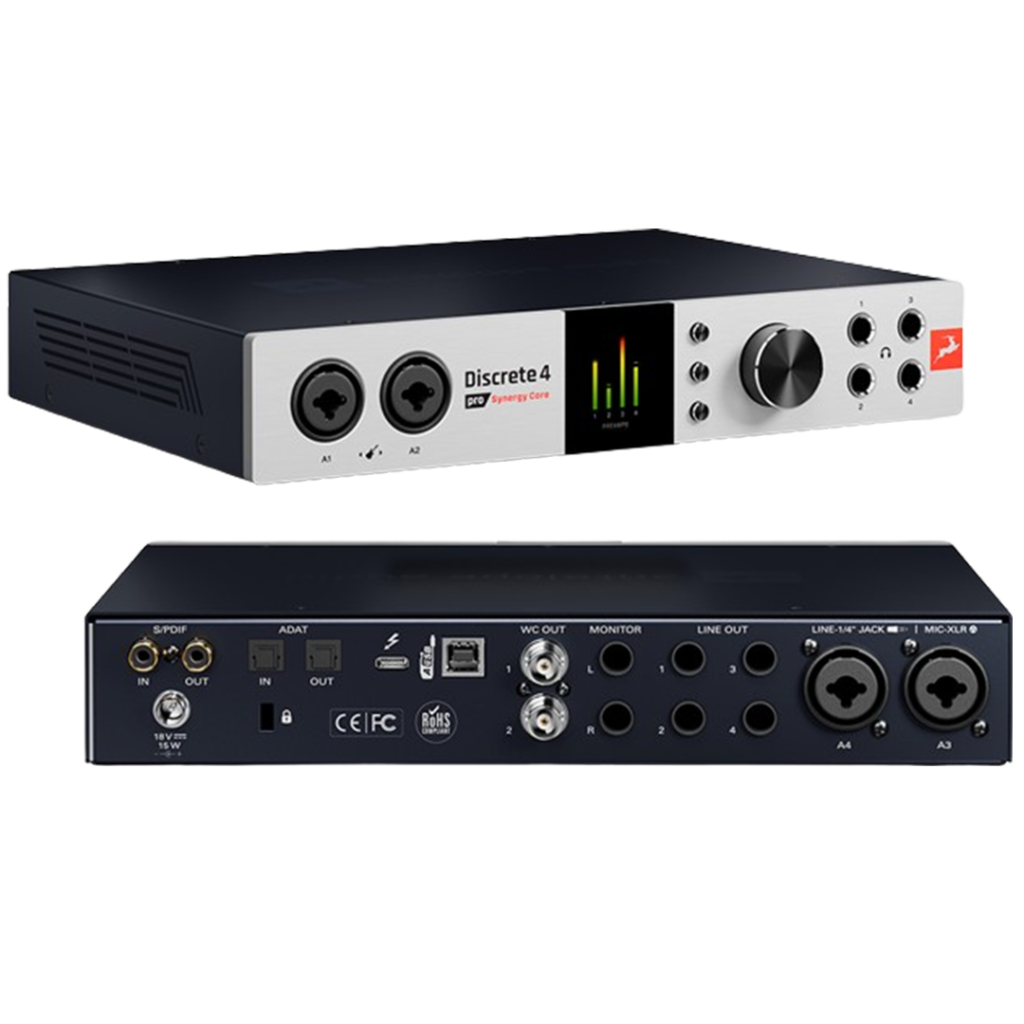

Specifications:
- 4 Discrete 6-transistor preamps: Exceptional clarity and warmth.
- Dynamic Range: 121 dB, capturing subtle nuances.
- Thunderbolt & USB Connectivity: Versatile and high-speed.
- 37 Real-time FX: Professional-grade effects.
- Max Input Level: +18 dBu, for robust signal handling.
- ADAT & S/PDIF Ports: Expanded connectivity options.
- Sample Rates: Up to 192 kHz, for high-resolution audio.
- Weight: 3.8 Pounds, portable and sturdy.
Who Is It For?
The Antelope Audio Discrete 4 Synergy Core is the audio interface for sound engineers, producers, and musicians who demand nothing but the best in audio quality. Its high dynamic range and real-time effects make it ideal for those who want to capture every detail of their sound with utmost clarity and depth.
Whether you’re recording in a studio or performing live, this interface offers the precision and versatility needed for professional-grade audio production. Its robust build and portable size also make it a great choice for touring musicians.
If you’re serious about your sound and need an interface that can keep up with your creativity, the Antelope Audio Discrete 4 Synergy Core is for you.
What I Wish I Knew Before I Got The Thunderbolt Audio Interface?
- Compatibility and System Requirements:
- Thunderbolt interfaces often require specific system requirements. It’s crucial to ensure your computer has a compatible Thunderbolt port (Thunderbolt 2 or 3, depending on the interface).
- Some interfaces might not be compatible with all operating systems, so checking compatibility with your OS is important.
- Cost vs. Performance:
- Thunderbolt interfaces are generally more expensive than USB or FireWire interfaces. Understanding whether the performance benefits justify the cost for your specific needs is essential.
- Latency Issues:
- One of the main advantages of Thunderbolt interfaces is low latency. However, actual performance can vary based on your computer’s capabilities and the specific software you are using.
- Audio Quality:
- While Thunderbolt interfaces are known for high-quality audio, the difference might not be significant for hobbyists or those new to audio production.
- Future-Proofing:
- Considering the longevity and future usability of the interface is important, especially given the rapid advancements in technology.
- Driver Stability and Software Updates:
- Some users have experienced issues with driver stability and software updates. It’s beneficial to research the manufacturer’s track record in this area.
- Input/Output (I/O) Options:
- Assessing the number and types of inputs and outputs you need is crucial. Some users regret not opting for an interface with more or different I/O options.
- Portability:
- Thunderbolt interfaces vary in size and portability. If you need something mobile, size and power requirements are important considerations.
- Customer Support and Warranty:
- Understanding the level of customer support and the warranty details can save future headaches.
- Integration with Existing Equipment:
- Ensuring that the interface integrates well with your existing audio equipment (microphones, monitors, instruments) is crucial.
Are Thunderbolt Audio Interfaces better than USB?
When comparing Thunderbolt and USB audio interfaces, the key factors to consider are data transfer speed, latency, and compatibility. Thunderbolt interfaces, particularly the latest versions like Thunderbolt 3 and 4, offer significantly higher data transfer speeds compared to most USB interfaces. This results in lower latency, which is crucial for professional audio recording and production, as it ensures real-time audio processing without noticeable delay.
The best thunderbolt audio interfaces are also capable of handling more audio channels simultaneously, which is beneficial for complex recording sessions. This makes them a preferred choice for professional studios and audio engineers who require high bandwidth and low latency for multiple audio streams.
However, Thunderbolt interfaces tend to be more expensive than USB interfaces and require a compatible Thunderbolt port, which is commonly found on newer and higher-end computers, particularly Macs. USB interfaces, on the other hand, offer broader compatibility with a wide range of computers and are more budget-friendly, making them a suitable choice for home studios and amateur musicians.
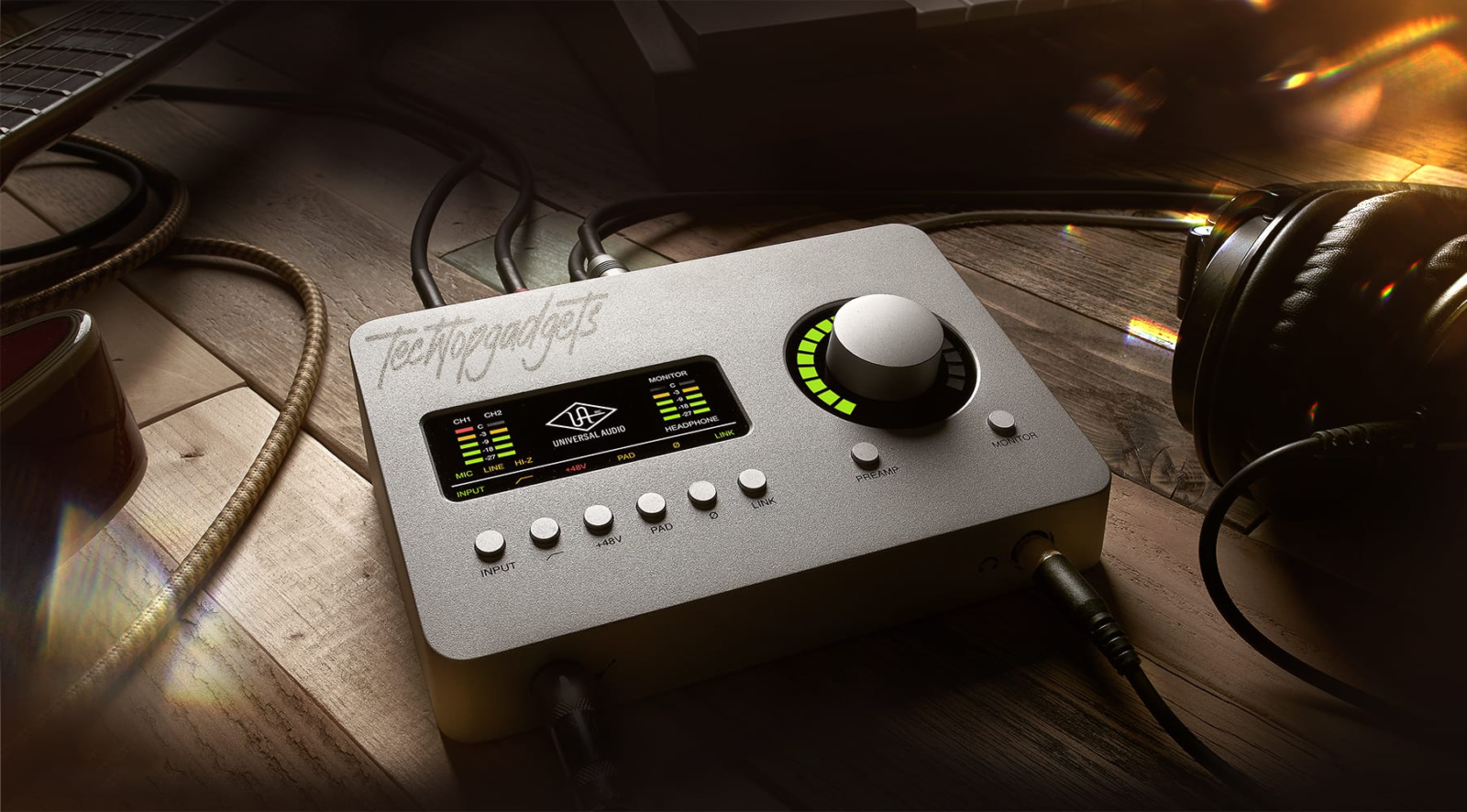
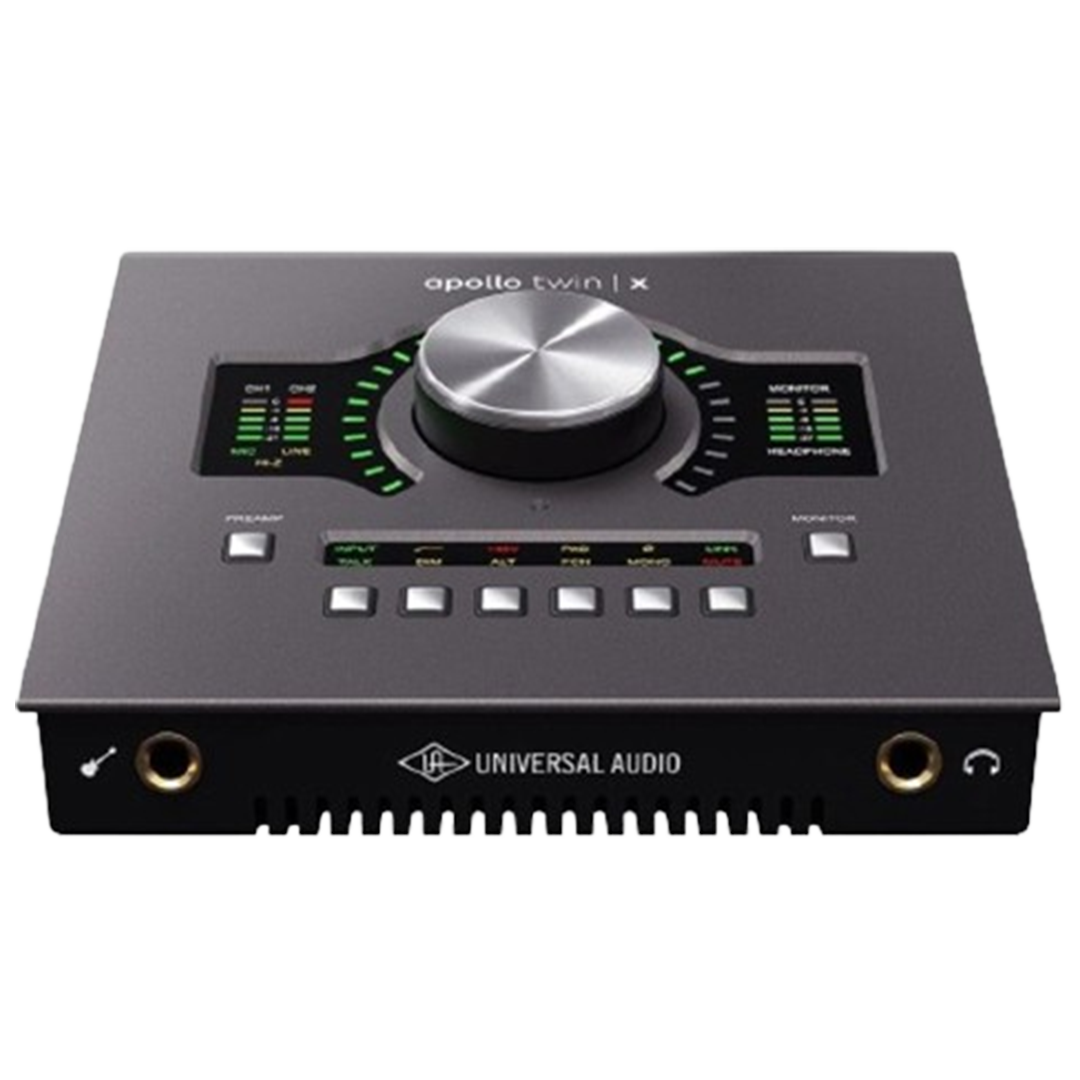
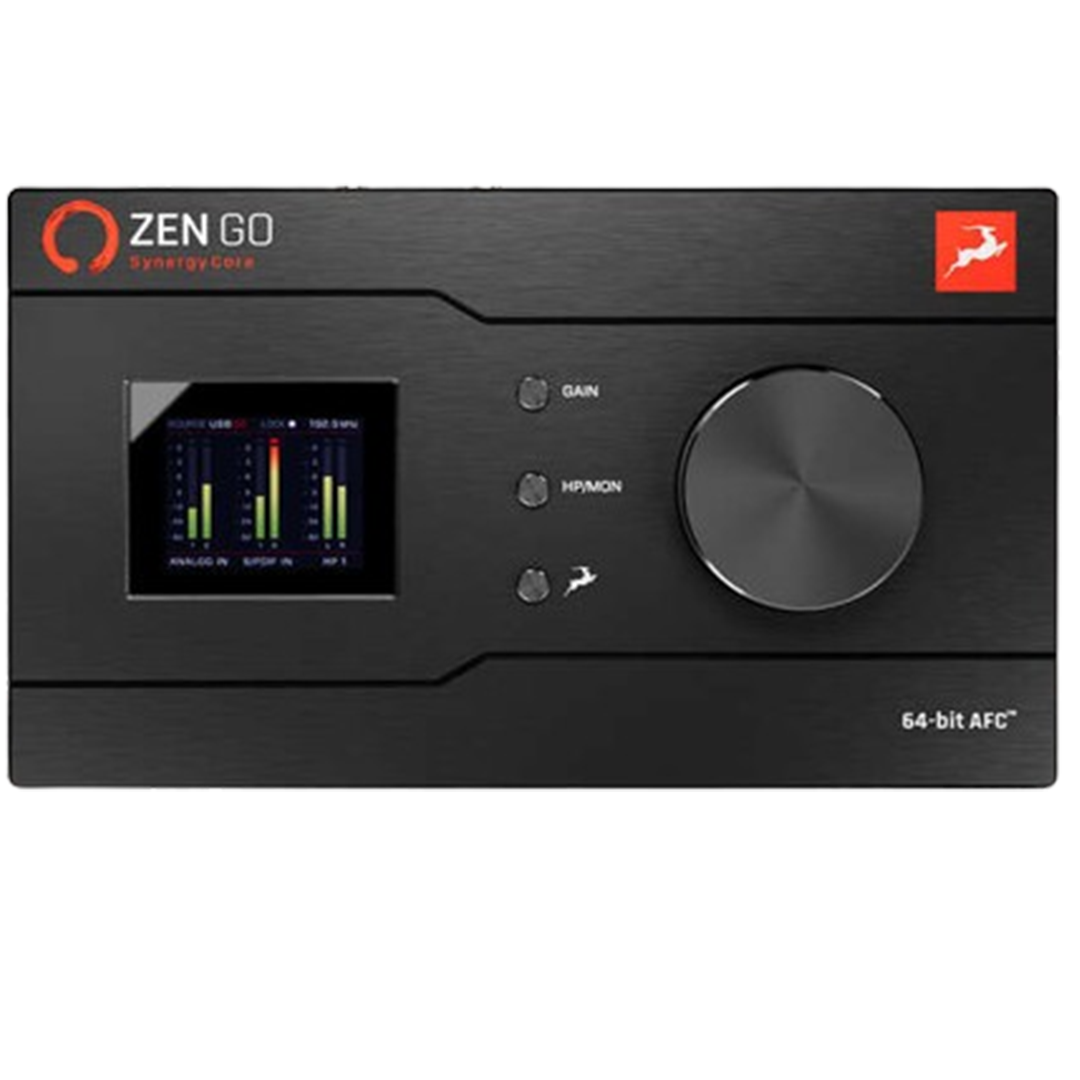
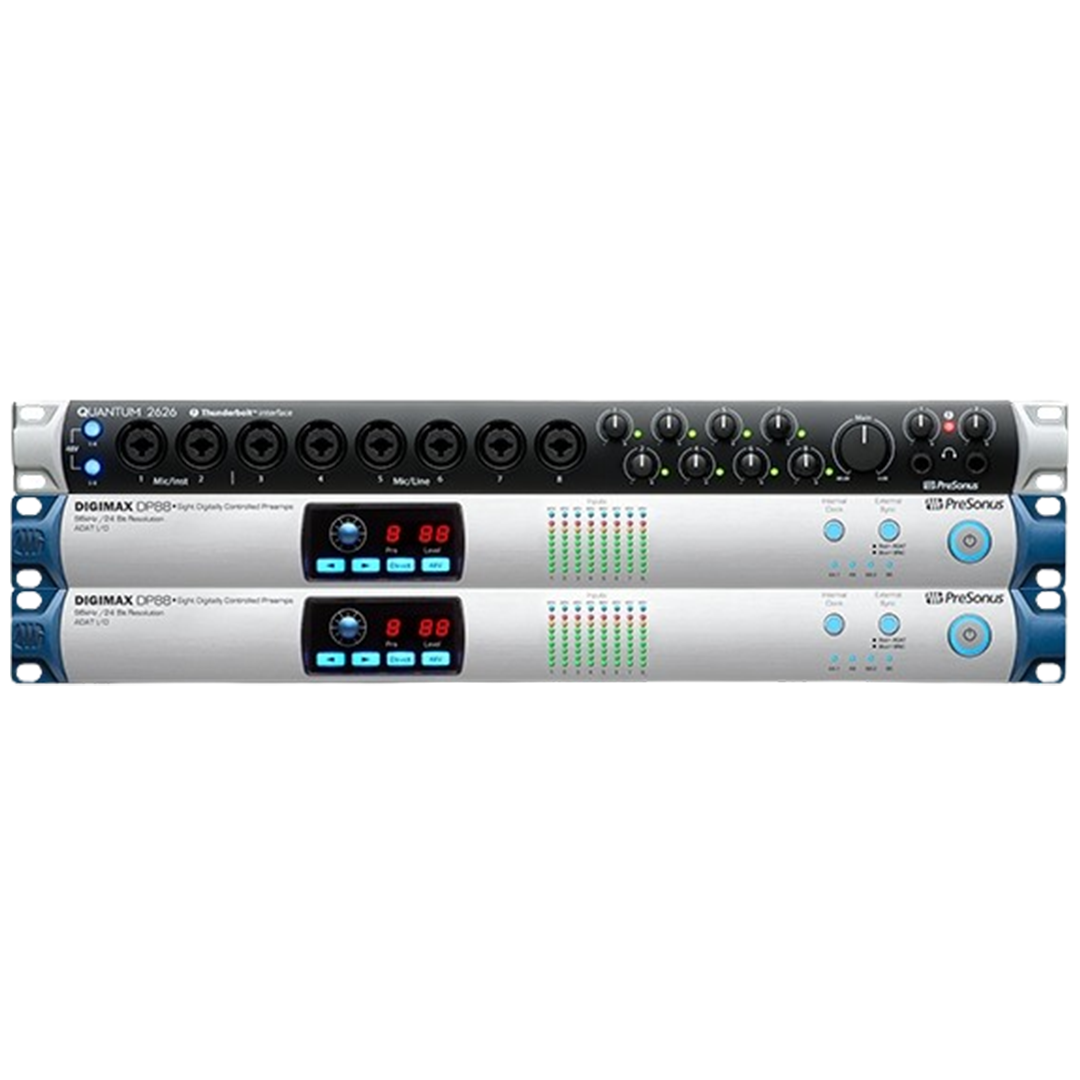
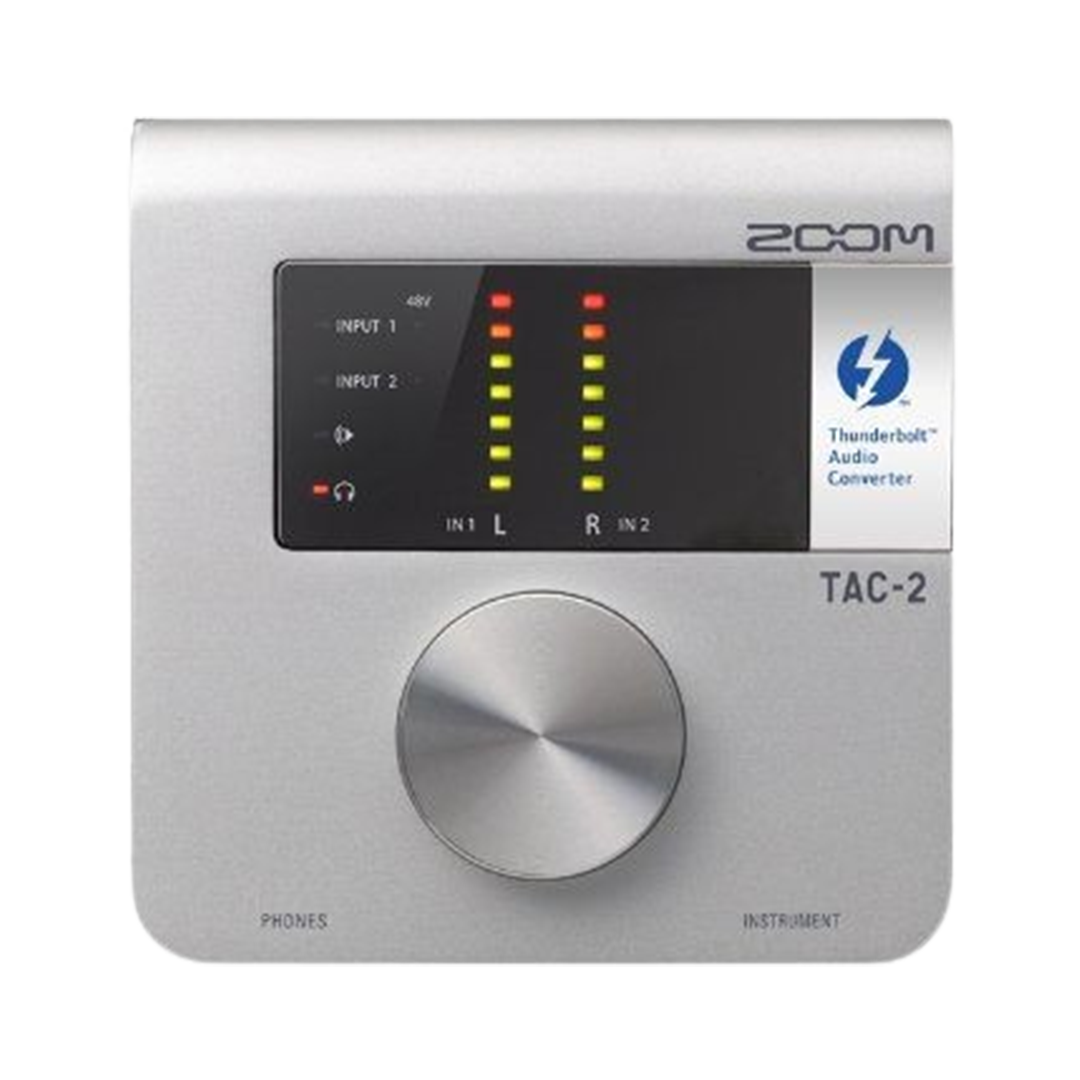
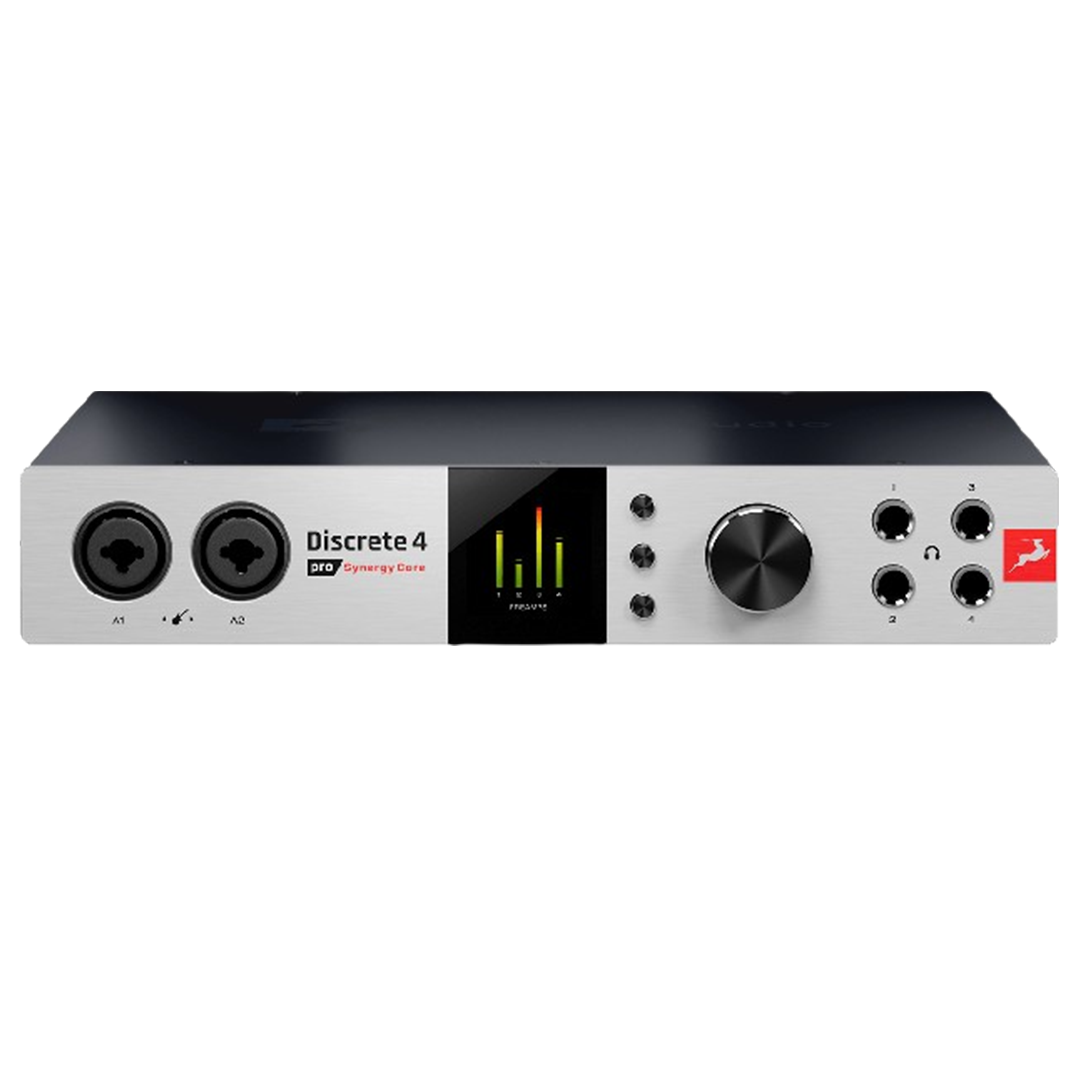
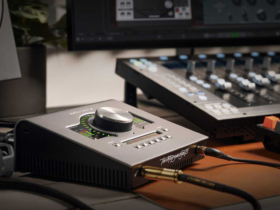


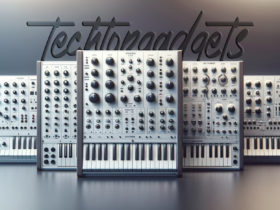
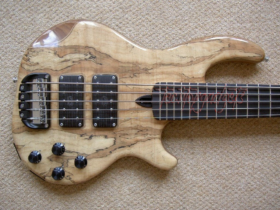
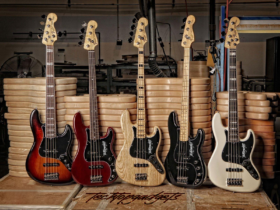









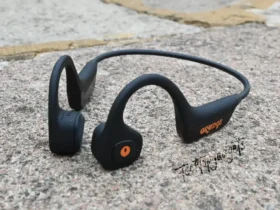
Leave a Reply